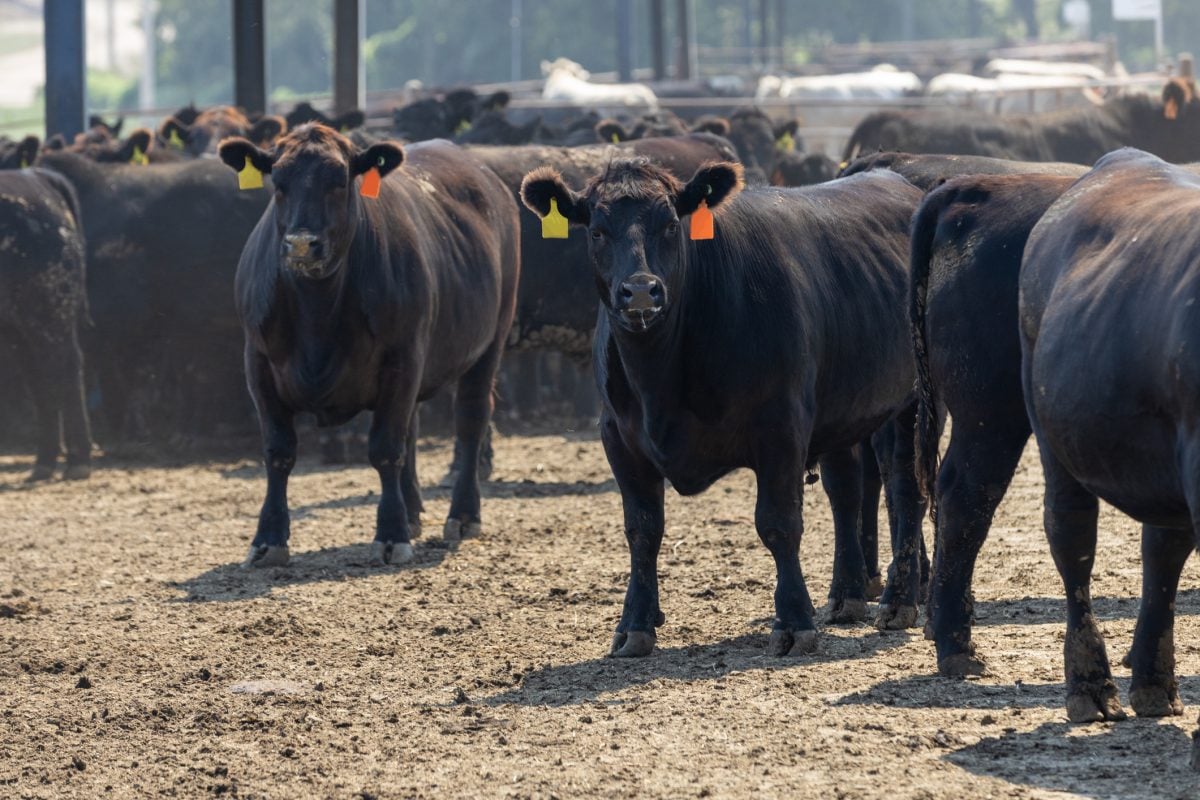By Theopolis Waters
CHICAGO, May 22 (Reuters) – Futures prices for October and December fed cattle rose following the latest USDA cattle on feed report.
The number of cattle put into U.S. feedlots in April unexpectedly slowed compared with the same month last year, partly due to healthy pastures that allowed ranchers to keep animals out of feedlots longer, analysts said after the government report on Friday.
Ranchers held back heifers to rebuild a herd that at 89.8 million head is the third-smallest since 1952, after several years of drought-damaged crops.
Read Also

U.S. livestock: Cattle futures mixed
Cattle futures on the Chicago Mercantile Exchange were mixed on Thursday, after dropping sharply the previous session. The December live…
Feedyards also bought fewer calves for fattening, after expensive feed and pricey calves wore down their margins.
Fewer cattle placed in feedlots last month could help support prices for those animals when they go to market in late summer, economists said.
Analysts had expected an April placement increase based on the arrival of increased numbers of heavier cattle that have been fattened outside of feedlots in recent months.
The U.S. Department of Agriculture report showed April placements at 1.548 million head, down five percent from 1.623 million last year.
Analysts, on average, had expected a placement gain of 0.9 percent in April.
The USDA put the feedlot cattle supply as of May 1 at 10.640 million head, up on percent from 10.554 million a year ago. Analysts, on average, had forecast a 1.4 percent rise.
The government said the number of cattle sold to packers, or marketings, was down eight percent in April from a year ago, at 1.639 million head.
Analysts projected a drop of 7.5 percent from 1.778 million last year. There were the same number of days to market cattle in April as in the year-ago month.
For several months feedlots have been losing a couple hundred dollars or more per head, said University of Missouri livestock economist Ron Plain.
“Plus, we’ve gotten a lot of rain and pastures are in very good condition. Cattlemen have grass to graze (cattle) on, so there’s no hurry to get them to the feedlot.”
Jessica Sampson, an economist at the Colorado-based Livestock Marketing Information Center, is split between whether the number of cattle still on pasture will be ample or whether there will be a shortage of heifers due to efforts to expand the herd.
Chicago Mercantile Exchange nearby live cattle futures initially rose from morning lows on the USDA report but then struggled.
“People are waiting to see how this Memorial Day plays out with consumer demand of meat, which is probably a bigger factor than today’s report,” said Sampson.














